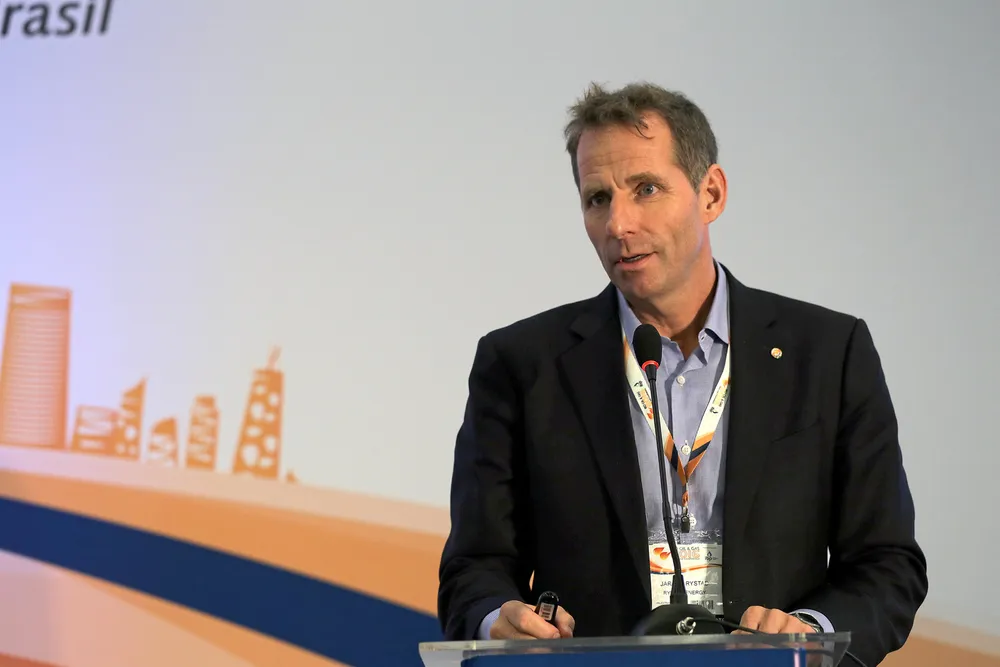Rapid rise in renewables needed to displace oil and gas and limit global temperature rises
Renewable targets set by major players needs to double in order to maintain pathway to limiting global temperature rises to 1.6 degrees

Renewable targets set by major players needs to double in order to maintain pathway to limiting global temperature rises to 1.6 degrees
